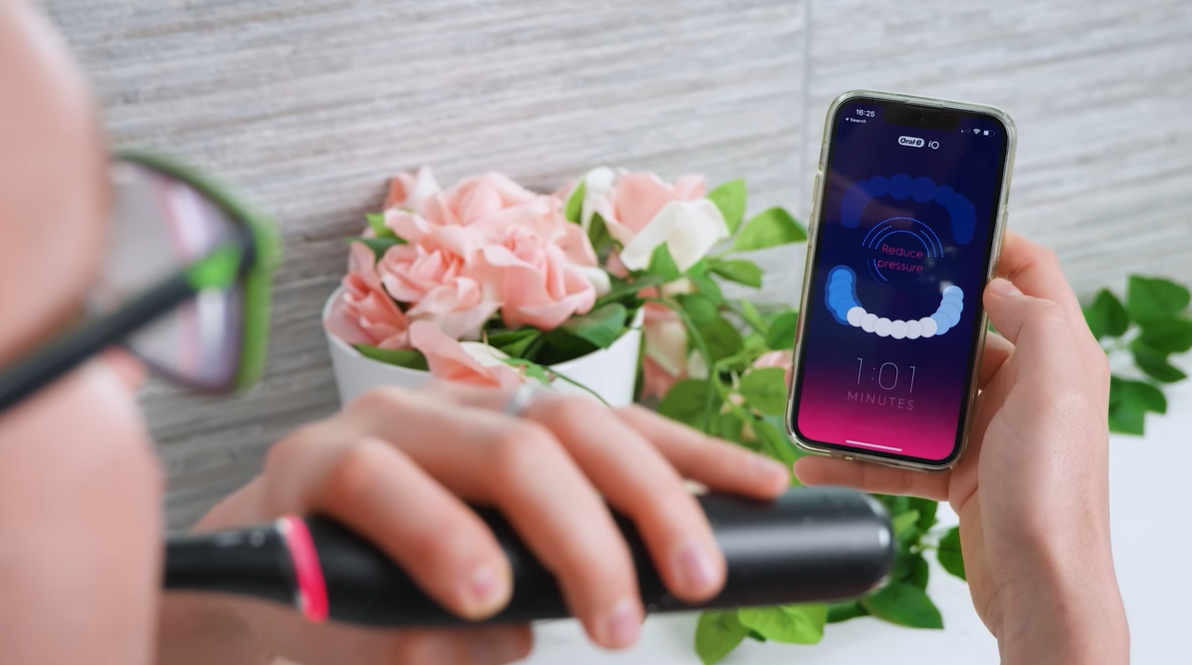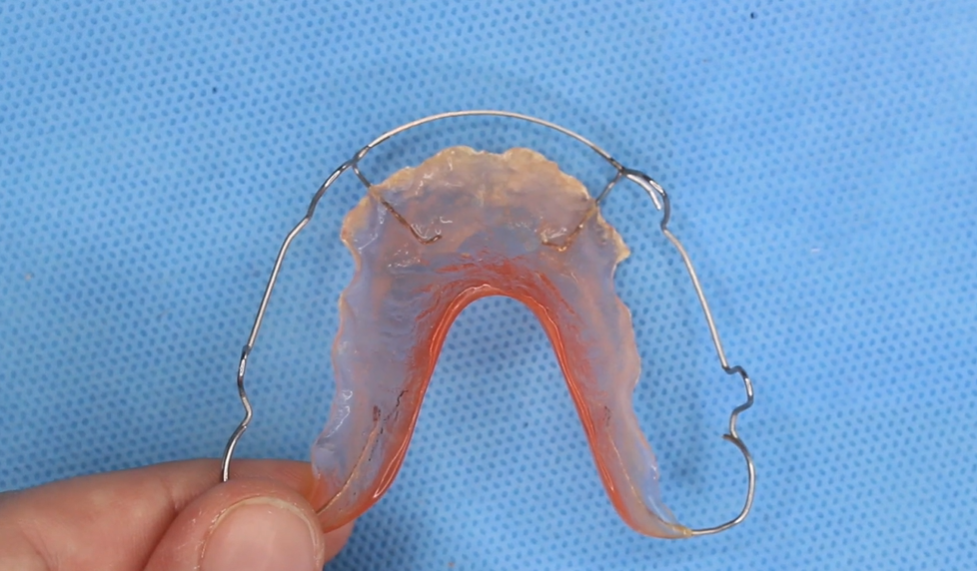If you buy through links on our site, we may earn a small affiliate commission to help support the blog - at no extra cost to you. It never influences our product selection process. Thank you!
Are you struggling with those pesky elastic bands for your braces? Braces hooks are tiny metal attachments your orthodontist places on your braces to help anchor elastic bands that correct your bite and alignment. They’re essential components in your orthodontic journey.
While these small hooks might seem insignificant, they play a crucial role in achieving that perfect smile you’re working toward. When elastics are attached to these hooks, they create the precise tension needed to move your teeth into proper position. Many patients find that understanding how braces hooks work helps them better manage their orthodontic treatment and achieve results faster.
What Are Braces Hooks and Their Purpose
Braces hooks are small metal attachments that orthodontists place on brackets or bands of traditional braces. These tiny but crucial components serve as anchor points for elastics (rubber bands) during orthodontic treatment. Typically made of stainless steel, hooks come in various shapes including ball hooks, mushroom hooks, and cobra hooks, each designed for exact treatment needs.
The primary purpose of braces hooks is to create points of connection for elastic bands that generate the necessary force to move teeth in exact directions. These elastics stretch from one hook to another, applying constant gentle pressure that guides teeth into proper alignment. For example, class II elastics connect from upper hooks to lower hooks to correct overbites, while class III elastics work in the opposite direction to address underbites.
Dr. Todd B. Harris notes, “I’ve seen remarkable improvements in patients who consistently wear their elastics as directed. One patient with a severe overbite achieved perfect alignment in just 14 months instead of the expected 18 months because she never missed changing her elastics on schedule.”
Hooks on braces also play a critical role in correcting crossbites and midline discrepancies. The strategic placement of these hooks creates the optimal angle of force application, ensuring teeth move precisely as planned in the treatment. Orthodontists carefully position hooks based on your exact dental issues, sometimes adding them during treatment as your teeth shift and require different force vectors.
Most patients receive hooks in the canine or premolar regions where they’re most effective for elastic band placement. The location of these hooks directly impacts treatment efficiency, with properly positioned hooks reducing overall treatment time by up to 6 months in many cases.
Types of Braces Hooks for Orthodontic Treatment

Braces hooks come in several distinct varieties, each designed for exact orthodontic functions. These small but crucial components serve as anchor points for elastics that guide teeth into proper alignment, helping correct bite issues and achieve optimal dental positioning.
Traditional Fixed Hooks
Traditional fixed hooks are permanently integrated directly into the bracket system, typically positioned on canines or premolars. Their stationary nature provides consistent attachment points for rubber bands throughout your entire treatment process. These hooks offer reliability and require no adjustment from patients, making them ideal for continuous elastic wear phases.
Dr. Todd B. Harris often tells patients, “Fixed hooks are like the steady anchors of your orthodontic journey—they’re always there when you need them, providing consistent support for elastic bands day and night.”
Removable Hooks
Removable hooks offer flexibility during your orthodontic treatment. These detachable components can be inserted or removed from brackets as needed, giving your orthodontist adaptability throughout different treatment stages. Many patients appreciate removable hooks during special occasions when they prefer a less noticeable appearance.
Ball Hooks
Ball hooks feature a smooth, rounded end on a metal extension attached to the bracket. Their rounded design significantly reduces irritation to your cheek and lip tissues, making them particularly comfortable for long-term wear. The spherical tip prevents painful poking while maintaining excellent elastic retention.
Cleat Hooks
Cleat hooks protrude more prominently from brackets to provide enhanced grip for rubber bands. Their extended design ensures elastics stay firmly in place during talking, eating, and sleeping. Patients with more complex bite corrections often benefit from cleat hooks’ superior stability.
Tube Hooks
Tube hooks are specialized attachments located on molar bands at the back of your mouth. These recessed “pocket-like” hooks remain hidden yet function effectively for exact elastic configurations needed in comprehensive orthodontic treatment plans.
Removable vs. Fixed Hooks
Fixed hooks remain permanently attached to brackets throughout your treatment, providing reliable anchorage points that don’t require any management on your part. Their constant presence ensures treatment continuity and eliminates concerns about proper placement or positioning.
Removable hooks offer greater flexibility, allowing your orthodontist to adapt your treatment as needed. These hooks can be attached during exact treatment phases and removed during others, giving you more comfort and control. Many patients appreciate removable hooks during important events or photos when they prefer a more subtle appearance.
Ball Hooks vs. Surgical Hooks
Ball hooks feature a smooth, rounded surface specifically designed to minimize tissue irritation while maintaining effective elastic retention. Their patient-friendly design makes them particularly comfortable for everyday wear, reducing mouth sores and discomfort often associated with traditional hooks.
How Braces Hooks Work With Elastics
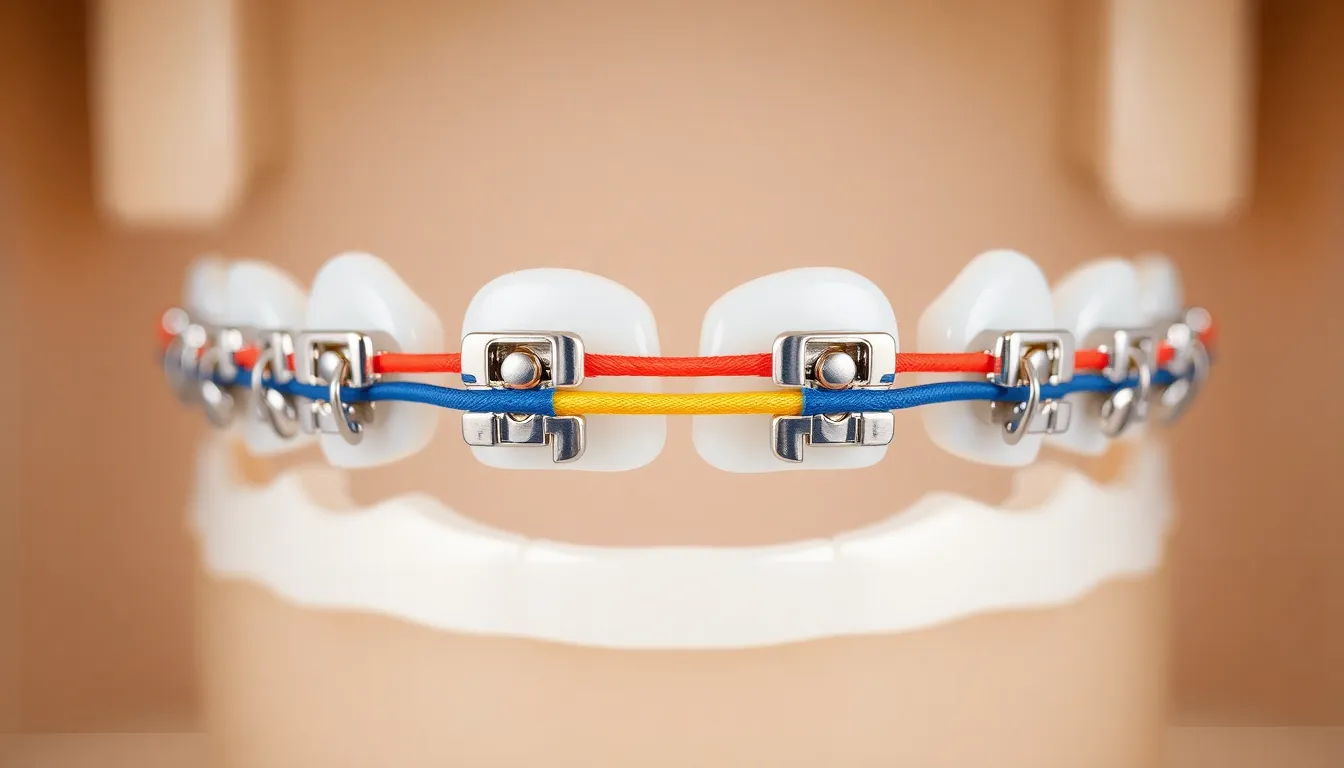
Braces hooks serve as crucial anchor points for orthodontic elastics, creating the precise tension needed to guide teeth into proper alignment. These small metal attachments work together with elastics to apply controlled forces that address exact bite issues and speed up the correction process.
Proper Elastic Placement Techniques
Correct placement of elastics on braces hooks is essential for successful orthodontic treatment. Your orthodontist will demonstrate the exact placement pattern during appointments, showing you how to stretch the elastics from one hook to another in a exact configuration. Many patients find it helpful to use a mirror when applying elastics at home to ensure accurate placement. Elastics must be replaced daily because they gradually lose their elasticity, which reduces their effectiveness in moving teeth. Dr. Harris often tells his patients, “Think of your elastics as tiny personal trainers for your teeth—they need to be fresh and strong to do their job properly.”
Common Elastic Configurations
Orthodontic elastics come in various configurations designed to address exact bite problems:
- Class II Elastics: These target overbites by connecting from the upper canine hook to a lower molar hook, creating force that pulls upper teeth backward while moving lower teeth forward.
- Class II with Hooks: Special elastics with built-in hooks provide answers when standard brackets lack suitable attachment points, functioning similarly to regular Class II elastics.
- Double Class II Elastics: Severe overbites often require additional force through two elastics placed on each side—connecting from upper canines to both first and second lower molars.
- Class III Elastics: Underbites are corrected using these elastics, which apply force in the opposite direction of Class II configurations.
- Crossbite Elastics: These connect upper and lower teeth diagonally, effectively correcting crossbites by applying lateral forces.
- Vertical Elastics: Designed to close bite gaps or improve tooth contact, vertical elastics connect directly between upper and lower teeth.
Each configuration enables your orthodontist to precisely control tooth movement, customizing treatment to your exact needs. One patient, Sarah, initially struggled with her Class III elastics but saw remarkable improvement after just eight weeks of consistent wear, transforming her underbite into a properly aligned smile.
Managing Discomfort From Braces Hooks
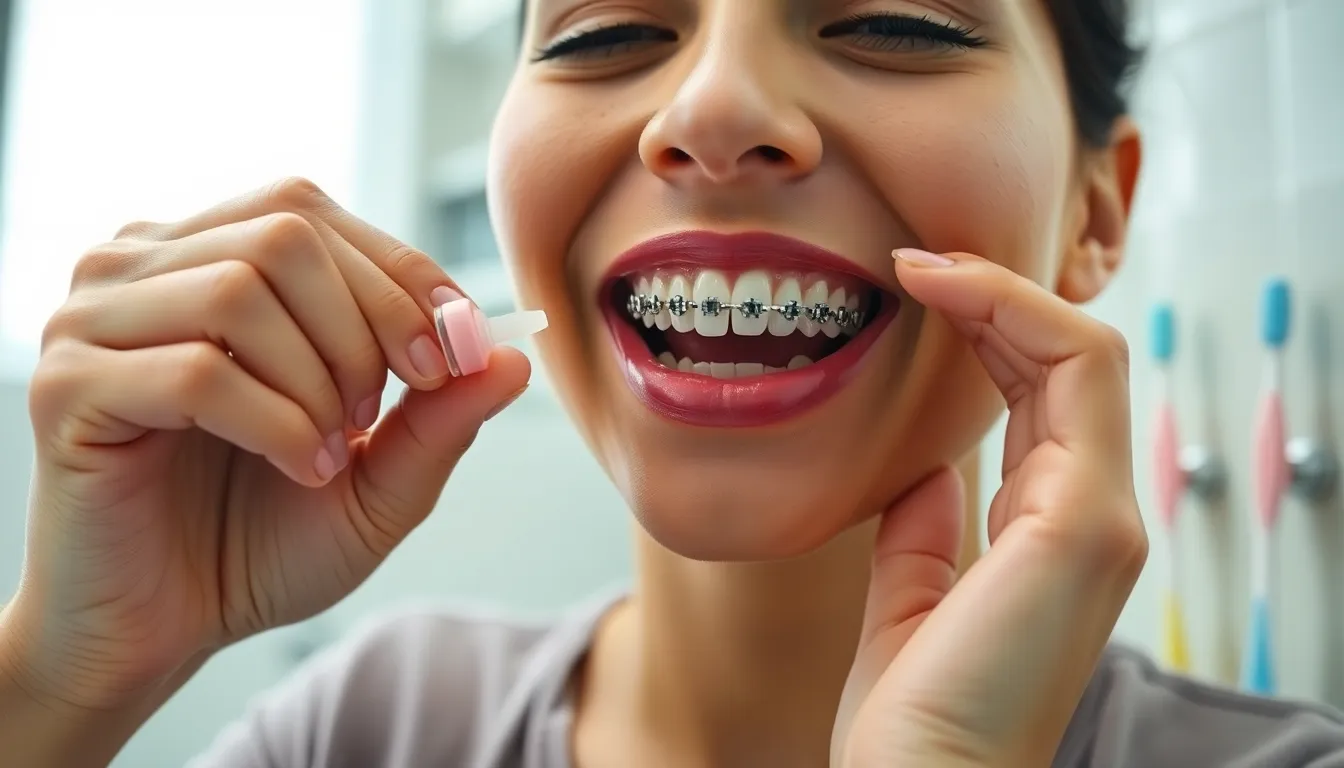
Braces hooks often cause temporary discomfort when they rub against the soft tissues of your mouth. Orthodontic wax creates a protective barrier between these hooks and your cheeks or lips, significantly reducing friction and preventing sores. Apply a small amount of wax to clean, dry hooks and reapply throughout the day as needed for continuous protection. Over-the-counter pain relievers like acetaminophen or ibuprofen help manage soreness and inflammation – take as directed on the packaging after consulting with your healthcare provider. Cold compresses applied to the outside of your cheeks for 15-20 minute intervals numb the area and reduce swelling effectively. Switching to soft foods such as mashed potatoes, yogurt, or applesauce minimizes irritation by avoiding foods that might aggravate already sensitive areas.
Tips for Reducing Irritation
Warm salt water rinses promote healing when hooks cause small sores in your mouth. Mix half a teaspoon of salt with 8 ounces of warm water and gently swish for 30 seconds before spitting it out. Consistent use of orthodontic wax forms a crucial protective barrier – carry extra wax with you to replace it whenever it wears off during meals or brushing. Avoid touching or playing with your hooks using your tongue or fingers, as this increases irritation and potential injury. Diligent oral hygiene prevents inflammation around irritated tissues – brush carefully around hooks and use an antimicrobial mouthwash to reduce bacteria.
Dr. Harris mentions, “Many of my patients find that creating a thin barrier with orthodontic wax before bed significantly reduces morning discomfort, as the hooks have less opportunity to irritate the cheeks during sleep.”
When to Contact Your Orthodontist
Severe pain lasting more than 3-4 days even though using home remedies warrants a call to your orthodontist. Persistent sores that show signs of infection (increased redness, swelling, or discharge) require prompt professional attention. Loose hooks or brackets disrupting your treatment plan need immediate adjustment to prevent treatment delays. Contact your orthodontist if rubber bands consistently fail to stay in place, as this might indicate improper hook positioning.
Caring for Your Braces With Hooks
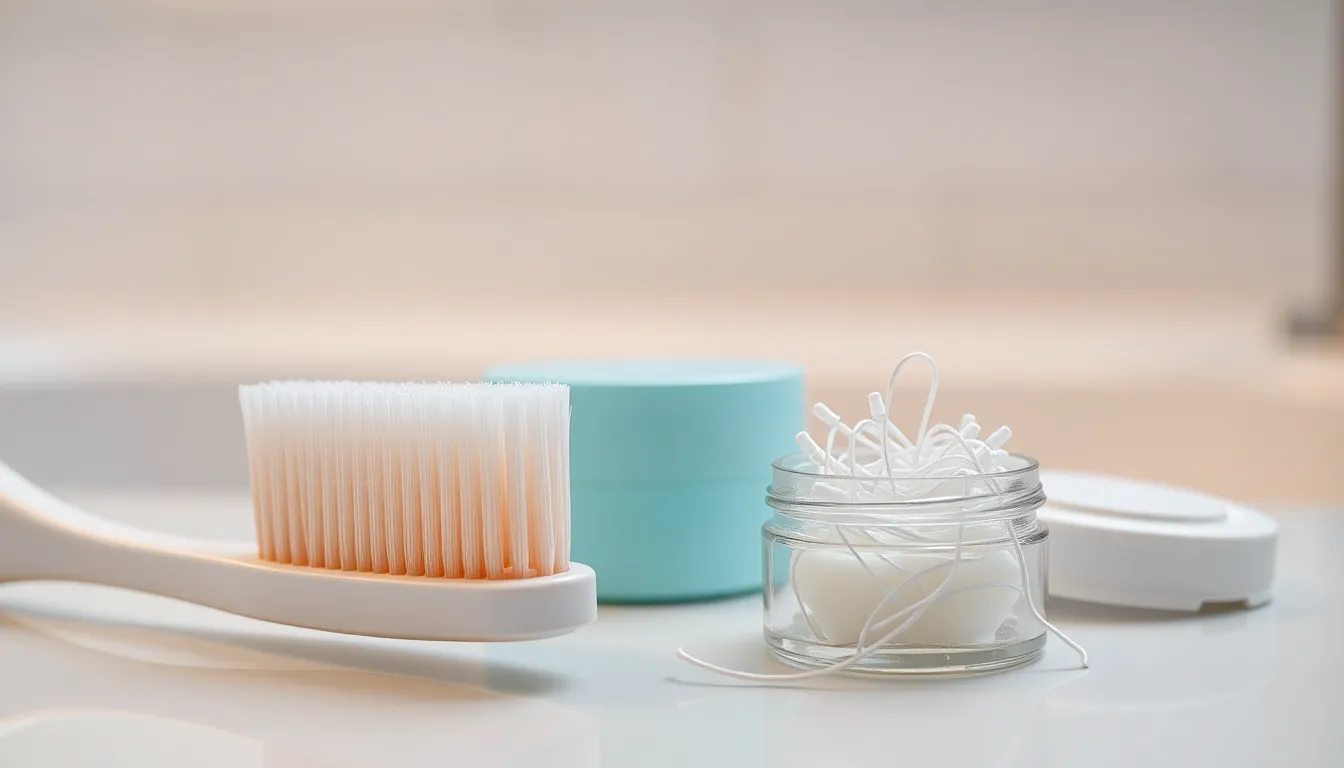
Proper care of braces hooks is essential for maintaining comfort and ensuring effective orthodontic treatment. When hooks irritate your mouth’s interior, applying orthodontic wax over them provides immediate relief until the irritation subsides. Rinsing with warm saltwater two to three times daily helps soothe any sore spots caused by hooks or other braces components.
Cleaning Around Hooks
Maintaining excellent oral hygiene around braces hooks prevents complications during your orthodontic treatment. Brush thoroughly after every meal, paying special attention to areas around hooks, brackets, and wires where food particles commonly get trapped. Use a soft-bristled toothbrush with fluoride toothpaste to clean gently around the hooks without damaging them. Flossing daily is crucial, so use floss threaders or interdental brushes to navigate between teeth and around your braces hardware effectively.
Dr. Harris often tells his patients, “The extra minute you spend cleaning around your hooks can save you hours of discomfort and potential treatment extensions down the road.”
Foods to Avoid With Hooks
Certain foods pose important risks to your braces hooks and can cause unnecessary discomfort. Hard and crunchy items like nuts, ice, and hard candies can bend or break hooks and other braces components, potentially extending your treatment time. Sticky and chewy foods such as caramels and gummy bears are particularly problematic as they stick to hooks, potentially dislodging brackets.
One patient, Jessica, learned this lesson when a caramel apple damaged several hooks during a fall festival, requiring an emergency appointment and adding six weeks to her treatment timeline. Take out elastics or retainers with hooks before eating to prevent damage and maintain proper hygiene. These simple precautions protect your orthodontic hardware and keep your treatment progressing on schedule.
How Long Will You Need to Wear Hooks
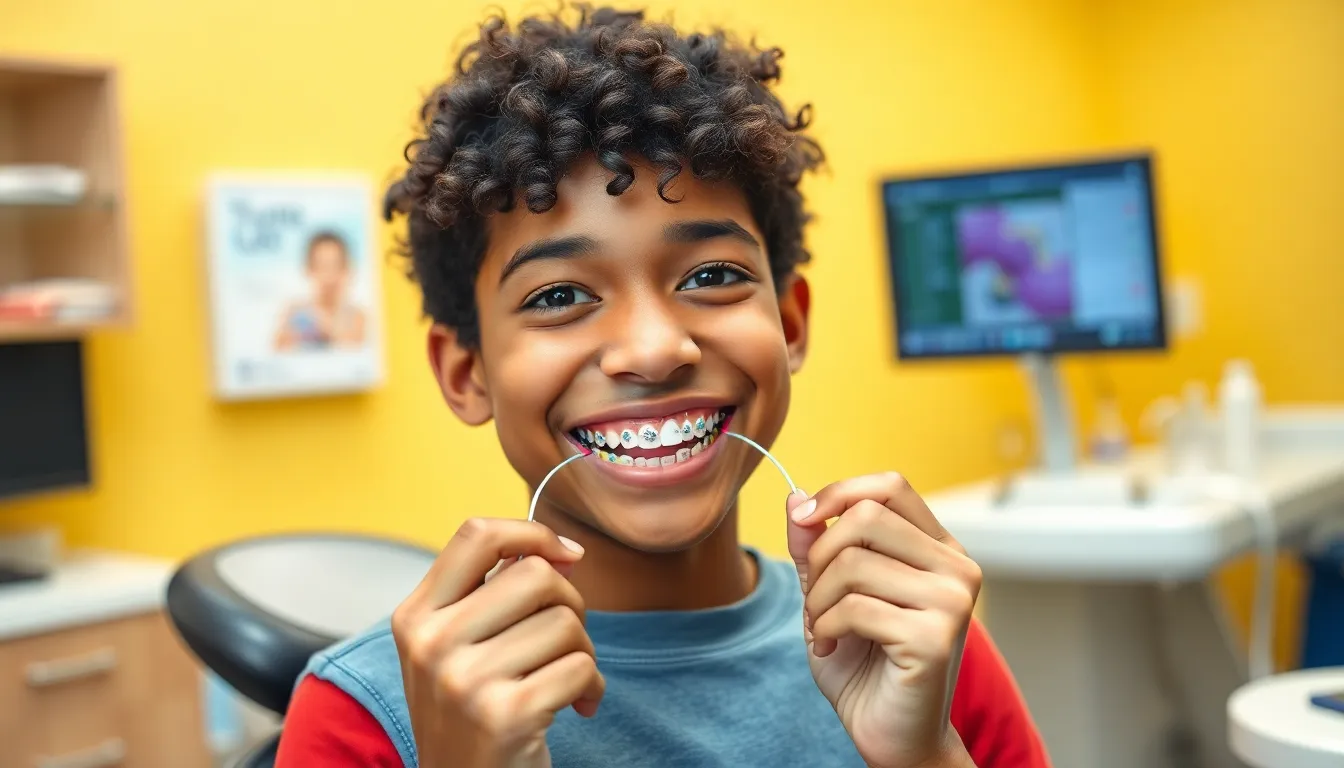
The duration of wearing braces hooks varies significantly based on your individual treatment plan and exact orthodontic needs. Most orthodontic treatments last between 18 to 36 months, with the actual timeframe depending on the complexity of your case and how your teeth respond to treatment.
Hooks on your braces work with elastics to apply targeted force for correcting bite issues. Your orthodontist’s instructions about wearing these elastics consistently are crucial for effective progress throughout your treatment journey.
Several factors influence how long you’ll need hooks on your braces:
- Severity of misalignment – More complex bite problems require longer correction periods
- Treatment phase – Early phase treatments with appliances like Herbst typically last 10-12 months, while full braces treatment extends longer
- Your compliance – Consistently wearing elastics as prescribed significantly impacts treatment duration
- Adjustment schedule – Regular visits every 6-10 weeks allow your orthodontist to monitor progress and make necessary modifications
Dr. Todd B. Harris notes, “I’ve seen patients reduce their overall treatment time by up to four months simply by following elastic-wearing instructions diligently. The hooks are only needed as long as we require that exact directional force to achieve proper alignment.”
One patient, Michael, initially struggled with wearing his elastics consistently. “I’d forget to put them on after meals,” he explains. “Once I created a routine and set reminders on my phone, my orthodontist noticed dramatic improvement at my next appointment, and I ended up needing the hooks for only seven months instead of the projected ten.”
There’s no one-size-fits-all answer for how long you’ll wear braces hooks. They remain in place as long as elastics or other auxiliary appliances are needed to achieve your desired tooth and bite correction. Attending scheduled appointments and closely following your orthodontist’s guidance optimizes your treatment timeline.
Conclusion
Braces hooks play a vital role in your orthodontic journey by providing anchor points for elastics that create the precise tension needed for proper tooth alignment. Whether you have traditional fixed hooks or removable options your orthodontist has selected the best configuration for your exact needs.
With proper care maintenance and consistent elastic wear you’ll maximize comfort while minimizing treatment time. Remember that applying orthodontic wax practicing good oral hygiene and avoiding problematic foods will protect your hooks and keep your treatment on track.
Your commitment to following your orthodontist’s instructions makes all the difference. By understanding the purpose of your braces hooks and caring for them properly you’re actively participating in achieving that perfect smile you’ve been working toward.
Frequently Asked Questions
What are braces hooks and why are they necessary?
Braces hooks are small metal attachments placed on braces by orthodontists to anchor elastic bands. They’re essential for correcting bite and alignment issues by creating the necessary tension to move teeth into their proper positions. These hooks serve as anchor points for elastics that apply gentle pressure to guide teeth into alignment, helping to treat conditions like overbites and underbites.
What types of braces hooks are commonly used?
Common types include traditional fixed hooks (permanently integrated into brackets), removable hooks (for flexibility during treatment), ball hooks (with smooth, rounded ends to minimize irritation), cleat hooks (for enhanced elastic grip), and tube hooks (specialized attachments on molar bands). Each type serves specific functions in orthodontic treatment, with fixed hooks offering reliability and removable ones providing adaptability.
How do braces hooks work with elastics?
Braces hooks work with elastics to create precise tension needed for proper tooth alignment. Elastics attached to these hooks apply consistent pressure in specific directions to move teeth into desired positions. Common configurations include Class II elastics (for overbites) and Class III elastics (for underbites). Orthodontists customize these configurations based on individual treatment needs.
How often should I replace my elastics?
Replace your elastics daily to maintain their effectiveness. Elastics gradually lose tension over time, reducing their corrective power. Fresh elastics ensure consistent pressure for optimal tooth movement. Some orthodontists may recommend changing them more frequently, especially after meals. Always follow your orthodontist’s specific instructions regarding replacement schedule for the best treatment outcomes.
How can I manage discomfort from braces hooks?
To manage discomfort, apply orthodontic wax to create a protective barrier over hooks that cause irritation. Use over-the-counter pain relievers like ibuprofen when needed. Warm salt water rinses can soothe irritated areas, while cold compresses help reduce inflammation. Maintain good oral hygiene and avoid unnecessary contact with the hooks. Contact your orthodontist if severe pain persists.
What foods should I avoid to protect my braces hooks?
Avoid hard foods (nuts, ice, hard candies), sticky foods (caramel, taffy, gum), and crunchy items (popcorn, chips) that can damage or bend braces hooks. Also limit foods that require biting with front teeth, like apples or corn on the cob. Instead, cut these into smaller pieces. Damaging hooks can extend your treatment time and require additional appointments for repairs.
How long will I need to wear braces hooks?
The duration varies based on individual treatment plans, typically ranging from 18 to 36 months. Factors affecting this timeline include misalignment severity, treatment phase, patient compliance with elastic wear, and adjustment schedules. Following your orthodontist’s instructions diligently, especially regarding elastic wear, can significantly reduce the time needed for hooks and overall treatment.
How do I properly place elastics on my braces hooks?
Use a mirror to help with visibility when placing elastics. Stretch the elastic with your fingers or a special tool provided by your orthodontist. Hook one end first, then stretch to connect the other end to its corresponding hook. Follow the specific pattern your orthodontist demonstrated. If you’re unsure, ask for a diagram or additional demonstration at your next appointment.
Can braces hooks come loose, and what should I do if this happens?
Yes, hooks can occasionally become loose from eating hard foods or physical impact. If a hook loosens, avoid touching it with your tongue or fingers to prevent further damage. Contact your orthodontist promptly to schedule a repair appointment. Don’t attempt to fix it yourself, as improper handling could cause additional complications or delays in your treatment.
Will braces hooks affect my speech?
Initially, braces hooks may cause slight speech changes as your mouth adjusts to their presence. You might experience a mild lisp or difficulty pronouncing certain sounds. These effects are temporary and typically resolve within a few days to a week as you adapt. Practice reading aloud to speed up the adjustment process. If speech problems persist beyond two weeks, consult your orthodontist.





